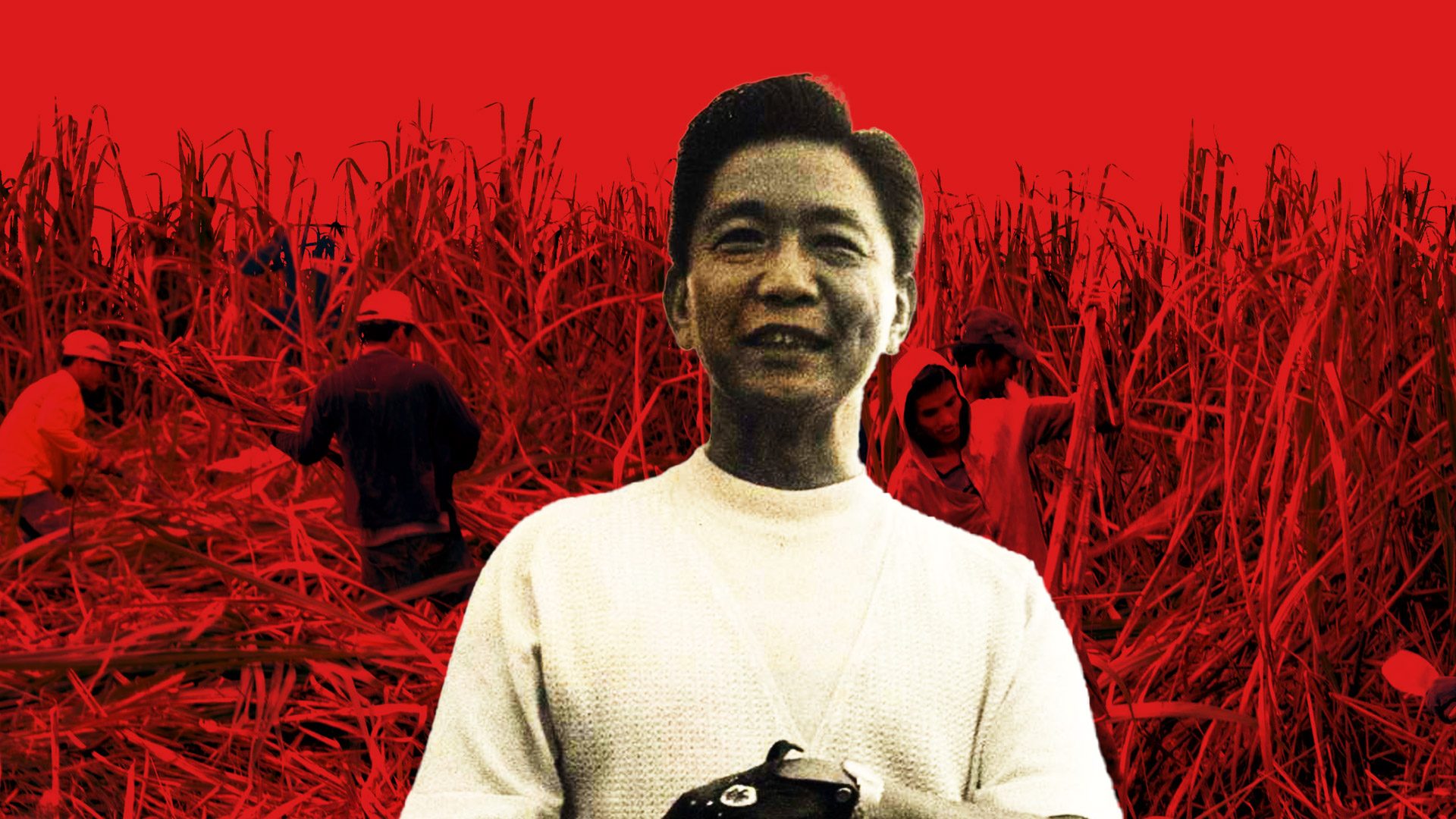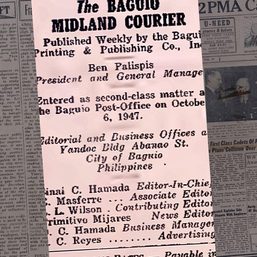SUMMARY
This is AI generated summarization, which may have errors. For context, always refer to the full article.

MANILA, Philippines – Talks of the possible revival of the Philippine Sugar Corporation (PhilSuCor) – a relic from the Martial Law years – triggered trauma and memory of the sugar crisis that occurred during the 70s and 80s.
President Ferdinand Marcos Jr. recently said he wanted to bring back PhilSuCor, a financial institution established in 1983, to help boost sugar production.
Despite this intention, the announcement harked back to darker times of the industry under his father and namesake Ferdinand E. Marcos.
What exactly happened during the sugar crisis of the ‘70s and ‘80s? Here’s what you need to know.
Monopoly under martial rule
Former president Marcos created a sugar monopoly during the Martial Law era. Sugar-planting families then were living a life of luxury, as sugar comprised more than 20% of Philippine exports during the 1950s and 1960s.
Two years after he declared Martial Law, Marcos created the Philippine Sugar Commission (Philsucom) through Presidential Decree No. 388 to stabilize the industry. It was designed to be “the single buying and selling agency of sugar” and “would determine the floor-ceiling price of sugar.”
On July 3, 1974, the Laurel-Langley Agreement expired. This meant that the Philippines lost its quota for sugar exports – and subsequently its access – to the US market.
At that time, the world-market price of sugar reached 67 cents per pound. It was still a thriving industry, and the country was heavily reliant on Negros Island that was contributing more than half of production.
1974 was a crucial year as the crop was then worth $737.7 million. It was “the best sugar year in history,” according to a New York Times report published in 1976.
That same year, Marcos assigned sugar trading functions to the Philippine Exchange Company (Philex) to rationalize sugar trade amid the rumors of cartels.
But Philsucom wasn’t activated until 1977, when Philex was abolished because of an outstanding debt of P1 billion. Philex was replaced by the National Sugar Trading Corporation (Nasutra), styled as the trading arm of Philsucom.
Meet the sugar czar
Roberto Benedicto, dubbed the sugar czar of the era, headed Philex, Philsucom, and Nasutra, effectively monopolizing the industry.
Benedicto was from Negros Occidental himself and was Marcos’ classmate and fraternity brother at the UP College of Law.
Aside from taking over the crucial institutions in the sugar industry, Benedicto dabbled in the media business and served as ambassador to Japan. He owned Banahaw Broadcasting Corporation which took over ABS-CBN. He was also chairman of the Philippine National Bank.
Under Benedicto’s leadership, Philex hoarded sugar supplies in warehouses betting that prices would further go up. But in 1975, the move would blow up in their faces, with the world market price of sugar plunging to 13 cents per pound.
Between 1975 and 1978, surplus sugar was stored in “swimming pools, schools, and even in churches,” according to Michael Billig’s 2003 book, Barons, Brokers, and Buyers: The Institutions and Cultures of Philippine Sugar.
In the time he was reigning sugar king, Benedicto was accused of smuggling, price manipulation, as well as buying cheap from local farmers and selling at a higher price to foreign buyers.
In the waning days of the dictatorship, Marcos established the PhilSuCor in 1983 in an attempt to finance the development of sugar infrastructure. It was also Benedicto who headed the corporation.
But these institutions, and the czar at the helm, could not handle the collapse of the industry.
Nasutra closed down in 1984. According to an essay published in 1988 in Kasarinlan, a journal of the Third World Studies Center of the University of the Philippines-Diliman, Nasutra “closed its accounts without paying P487 million to planters or millers for CY 1984/85.”
Two years later, Philsucom was also dismantled.
Sunset in Sugarland
A depressed world sugar market, and the administration’s monopoly, plunged Negros into widespread poverty and unemployment.
Most beaten down in this crisis were sugar workers, their families, and most especially their children. A scourge of hunger struck the province. Negros was known in the 80s as a “social volcano” or as “Asia’s Ethiopia.” Children were dying and newborns suffered from health complications that were irreversible.
Oppressive conditions made the ground fertile for recruitment by the the New People’s Army. Long enduring the inequalities of the hacienda system, compounded by unrest and political violence, many took to the hills.
The landed elite, on the other hand, would say that things have changed in Negros. Back then, it looked like the sun was setting on the glory days of sugar barons.
But the status quo remained. Because of land reform after the EDSA Revolution, hacienderos either lost some land or, in many cases, converted these to commercial areas to thwart the threat of distribution.
The Philippines now has a lower sugar yield compared to other major producing countries, and “almost all sugar produced in the country is consumed locally,” a report from international organization Food and Fertilizer Technology Center said.
Low productivity was also attributed to landowners’ neglect in investing on equipment upgrade and better farming techniques.
Three decades later, sugar barons would end up supporting the 2016 vice presidential bid of the late Marcos’ son, Ferdinand Jr.
Now there is another sugar crisis under the current Marcos administration. What will come out of solutions resurrected from another crisis of the past? – Rappler.com
Add a comment
How does this make you feel?
![[Vantage Point] The transformation of sugar barons](https://www.rappler.com/tachyon/2022/08/tl-sugar-barons.png?fit=449%2C422)
![[Closer Look] ‘Join Marcos, avert Duterte’ and the danger of expediency](https://www.rappler.com/tachyon/2024/06/TL-trillanes-duterte-expediency-june-29-2024.jpg?resize=257%2C257&crop_strategy=attention)

![[Newspoint] A Freedom Week joke](https://www.rappler.com/tachyon/2024/06/20240614-Filipino-Week-joke-1.jpg?resize=257%2C257&crop_strategy=attention)







There are no comments yet. Add your comment to start the conversation.